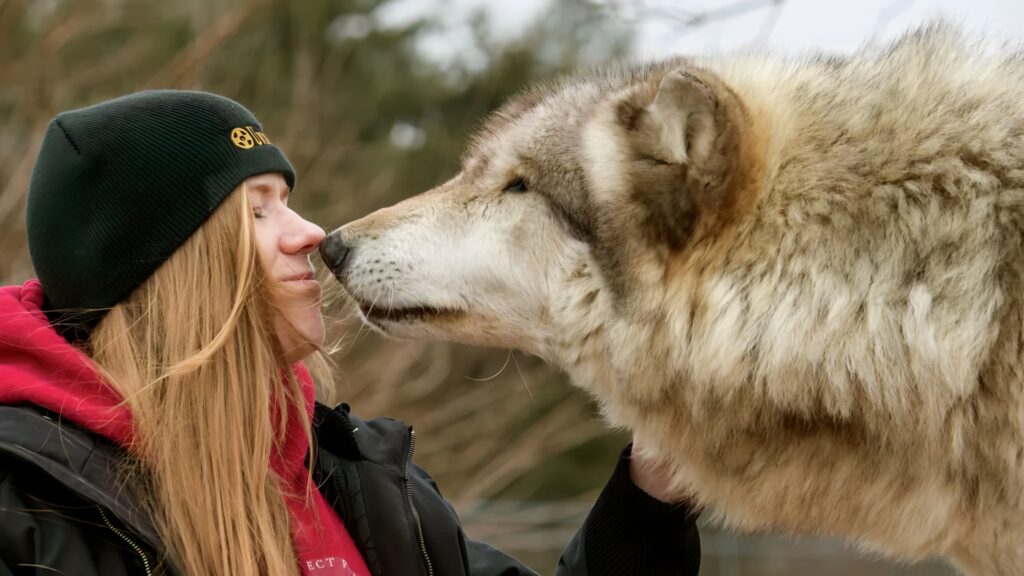
Humans and wolves have had complicated interactions throughout history, where their emotions ranged from fear and competition to trust and affection. Below are thirteen astounding events that tell us about the deep bonds humans formed with wolves in the course of human history.
1. The Wolf Children of Hesse

At the beginning of the XIV century, a number of children raised by wolves were said to occupy the woods of Hesse in Germany. One of these children claimed to have been abducted by wolves at the age of three and was found by Benedictine monks at the age of seven or eight. He was looked after by the wolves who protected him from cold and provided him with the best meat they could hunt. He was cared for by wolves who had gotten him when he was still very young. Although he was accustomed to human society after being sent to the court of Prince Henry, he preferred to be with wolves. This narrative poses an interesting problem – could such children who have been believed to be abandoned by their kind allow wolves to adopt them? Would it not be ‘unnatural’ for them to establish such interspecies connections?
2. The Hasunpur Wolf Boy
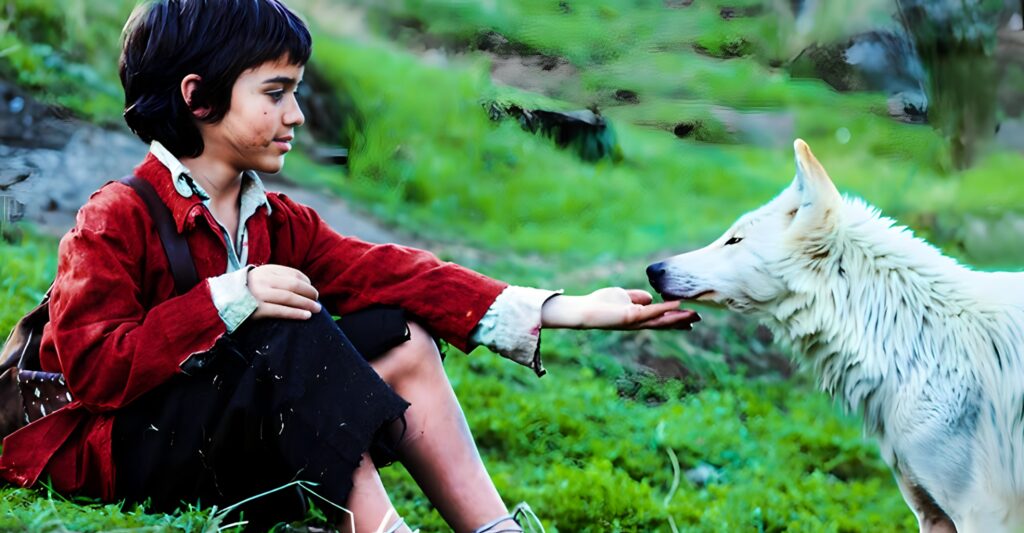
In 1843, a child who looked about twelve appeared in a town called Hasunpur in India. He was dark in complexion, had a rough hairstyle, and acted like a wolf. The child ate meat whether it was cooked or raw, and learned to walk on two feet with movement cues that didn’t require speaking. Astonishingly, he was at a local market when his parents found him and brought him back, suggesting that he had long been missing or abducted in his early years and then been raised by wolves. This story demonstrates the ability of wolves to accept and rear a human child as their own.
3. Dina Sanichar: The Indian Wolf Boy

In 1872, within the depths of a cave in Sikandra, India, a boy named Dina Sanichar surfaced, and it was believed that he had never had the company of humans but instead was raised by wolves. At the time he was thought to be 6 years old. The only thing he would remember from this time is being taken to an orphanage which is the common case for most orphans. Throughout his period of around 20 years among humans, Sanichar never got the chance to utter a word and was mute his whole life. Uniquely, however, he did develop a habit of smoking. Not too surprising is that he kept most of the habits learned among wolves though, as he did spend most of his early life with them. His life is a vivid reminder of how vastly a child’s experiences influence them and how a child could bond with a wolf pack.
4. Marcos Rodríguez Pantoja: The Spanish Wolf Boy
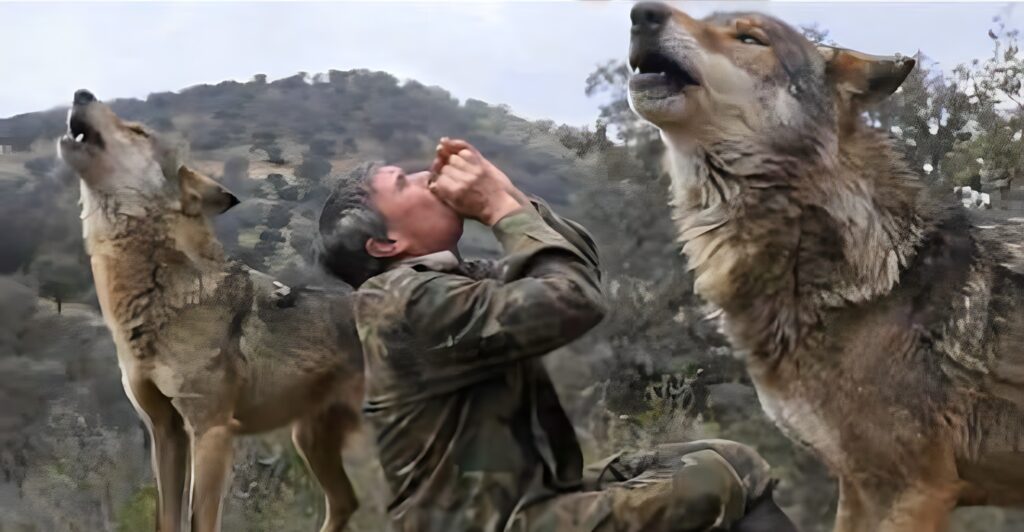
The life of Marcos Rodríguez Pantoja is one where he had to learn how to survive, grow, and adapt. Born in Spain, all the remembered was being sold to a hermit who resided in the mountains. Sadly, after the hermit died, he had no one and was ultimately abandoned. He was only seven when he moved to the Sierra Morena mountains where he lived for the next 12 years of his life, only this time it would be in the company of a wolf pack. He learned to hunt and communicate like them, forming a familial bond. After being discovered at the age of nineteen, Rodríguez had a hard time readjusting back to human life, however, people who studied him at the time learned a lot about the wolves’ complex hierarchies and relationships.
5. The Wolves of Yellowstone: A Modern Conservation Success
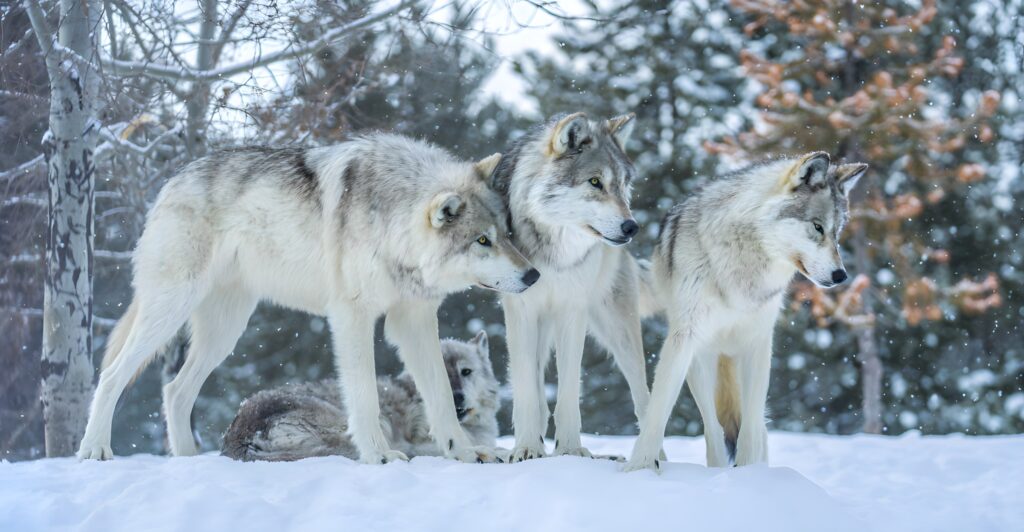
The initiative taken to uphold the ecological balance in Yellowstone National Park started back in 1996. Wolves had been absent for over 70 years, and it was more than necessary to reintroduce them. Such a step paved the way for unexpected comradeships between the wolves and park rangers. They started observing and summarizing wolf behaviors, which drew them even closer to those creatures. Some wolves were so used to the human presence that they were very easily studied as a result. Such cases represent the modern world effectively and illustrate the impact conservation efforts can have on wolves and humans.
6. The Wolf of Gysinge
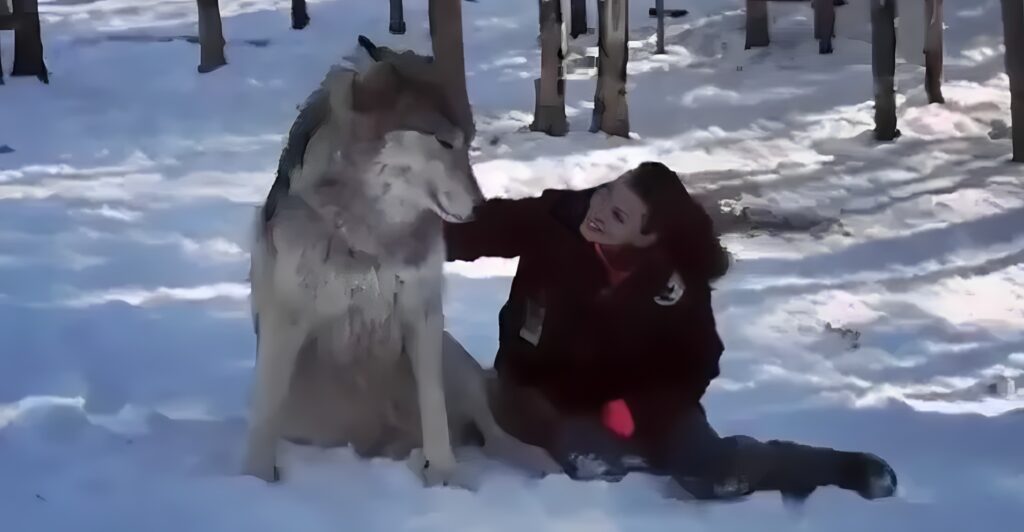
During the years 1820-1821, 31 residents of Gysinge in Sweden were attacked by a wolf which resulted in the loss of 12 lives. The beast had been raised by humans since it was a pup before escaping and unleashing hell. The incident led to a widespread fear of wolves in the region. However, it also sparked discussions about the impact of human intervention on wild animals and the complexities of human-wolf relationships. This case illustrates the potential consequences when the natural behaviors of wolves are altered through human interaction.
7. The Russian Domesticated Fox Experiment
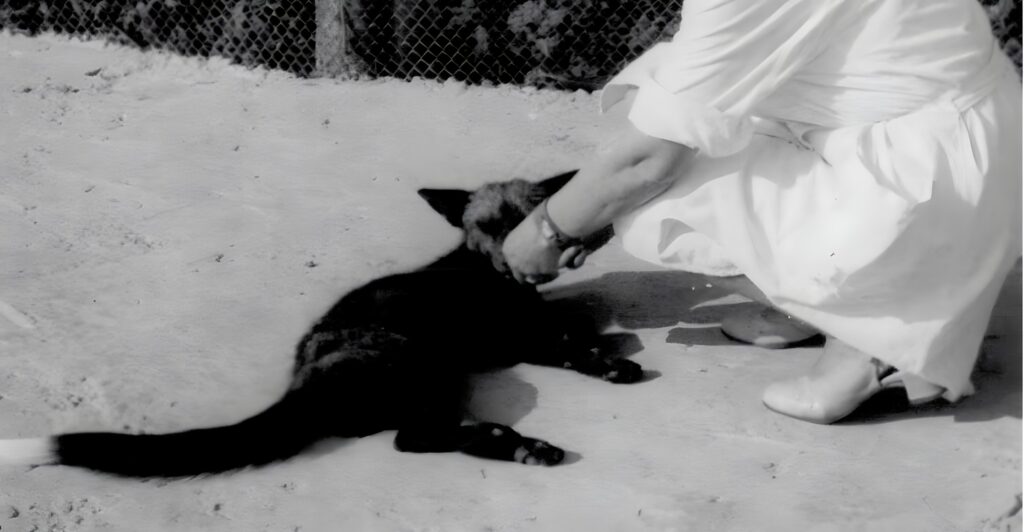
Although wolves were not involved in the Domestication of foxes experiment, it created expectations in the area of canid domestication and rearing. It was launched in the 1950s by the scientist Dmitry Belyaev with the goal of recreating the domestication process with silver foxes through selective breeding for tameness, with some success after several generations. In particular, the foxes began to behave more like dogs, fetching and wagging their tails. This experiment gives us insight into what might be possible with wild canids that have been bred in a controlled environment.
8. The Tale of Romulus and Remus
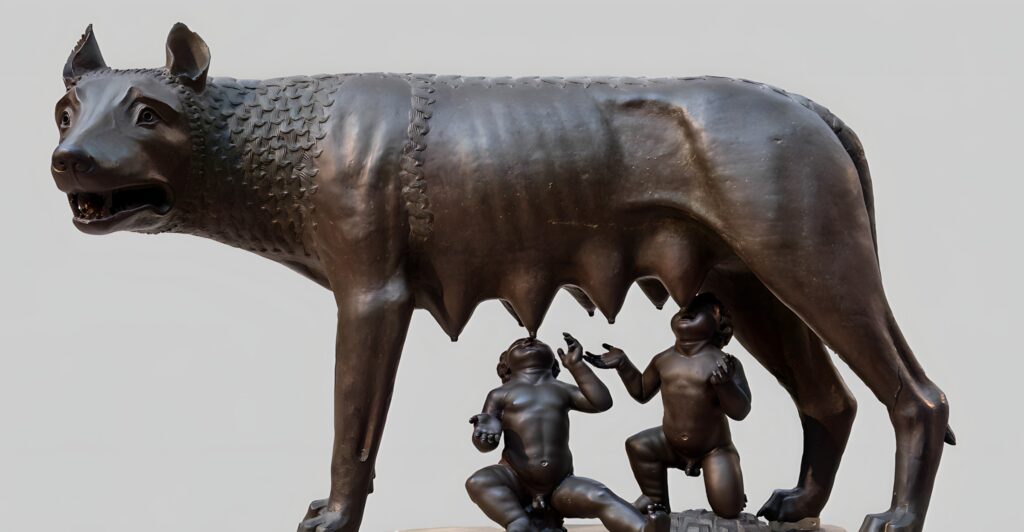
As it is told in Roman legends, there was once a pair of twin boys, Romulus and Remus, who were left in the wilderness as babies, where, it is claimed, they were born in a cave called the Lupercal, and raised by a she-wolf. This epic myth serves to illustrate the maternal care attributed to wolves as well as the importance of cultural perceptions of man-wolf relationships among ancients. The story is clearly mythical, but it illustrates the historical trend of humankind’s interest in wolves and their protective and softer sides.
9. The Friendship of Timothy Treadwell and Alaskan Wolves
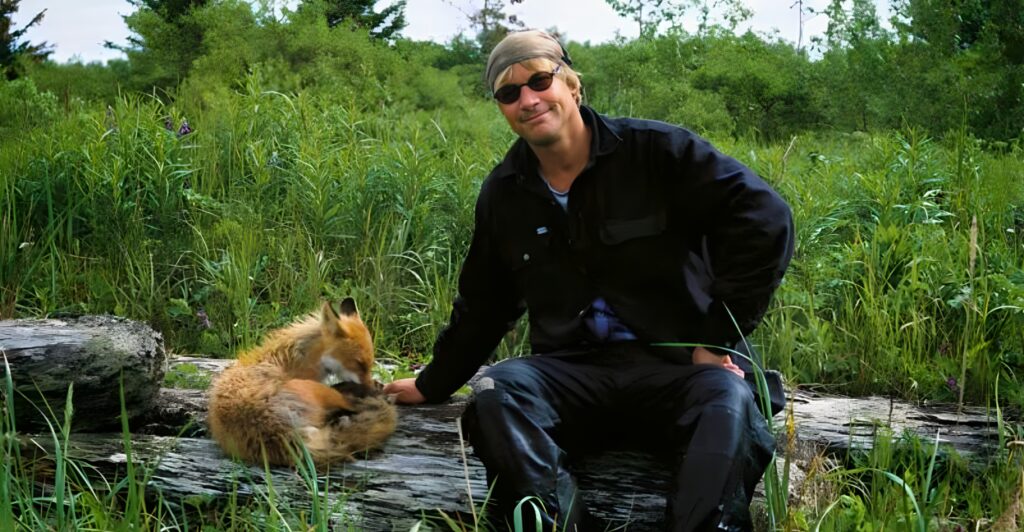
Along with Alaskan rulers, Timothy Treadwell who’s a famous figure in his own right for hunting grizzly bears, was also associated with wolves and other animals. After spending a considerable amount of time with Alaskan wolves, Treadwell started to understand these animals better. His attempts help explain that wolves can indeed be tamed and accustomed to humans but this does come with a breathtaking amount of patience as well as deep respect. But his brutal end must also be taken as a warning as it depicts the dangers that come with getting close to wild beasts.
10. The Wolf Conservation Center’s Ambassador Wolves
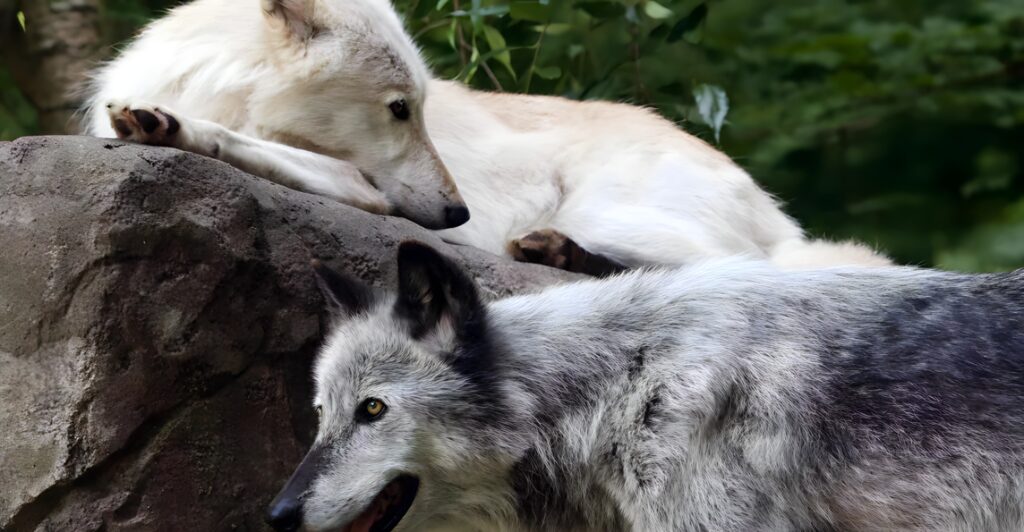
Located in New York, the wolf conservation center is home to ambassador wolves that help educate the general public regarding wolves and their ecosystem. These wolves display softer traits because of the human exposure that these animals receive and as a result, are used in educational programs where the main goal is to teach people about wolves. The WCC has the goal to influence how people perceive the wild animal and emphasize how important they are to the ecosystem. The visitors will be able to see the innovation as well as the playful nature exhibited by these animals as a part of their social life. The ambassador wolves act as living representatives of their wild counterparts, creating empathy and understanding between humans and wolves. This is a good example of how understanding and education between species can foster respect between the two as well as conservation.
11. Shaun Ellis: The Man Who Lived with Wolves
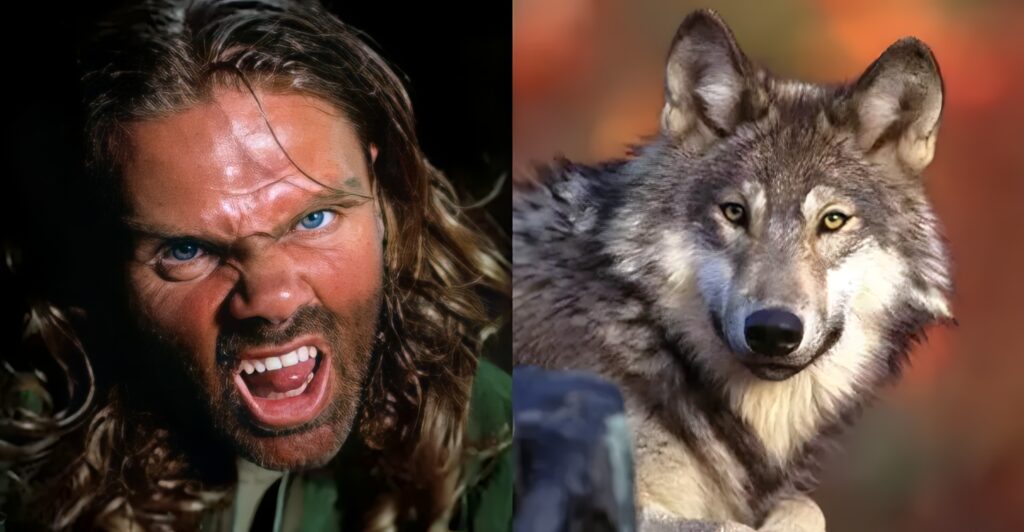
There was a British animal researcher by the name of Shaun Ellis who is known to have spent time living with wolves in a bid to become part of the pack. He would devour raw meat and howl, all in an attempt to win the wolves over. Eventually, he was embraced by the wolves. Ellis’s quest to know the wolves better enabled him to grasp their pack structure and hunting methods which were intricately woven into their fabric. This helped reveal the wolves’ side of the story that mostly gets ignored – their intelligence and loyalty to family.
12. The Arctic Wolf Bonding of Jim and Jamie Dutcher
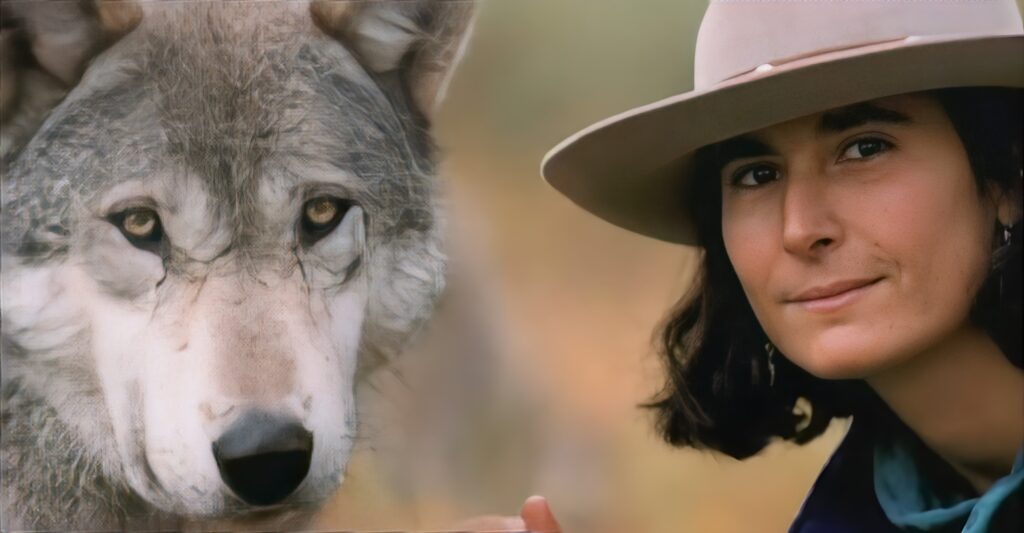
Wildlife filmmakers, Jim and Jamie Dutcher spent 6 years in the Idaho wilderness to film and study a captive pack of arctic wolves. The struggle to earn the trust of the wolves offered the two a chance to capture extraordinary wolf footage. Through the Dutchers’ work, people could witness the emotional depth of wolves, as they bask in joy, grieve loss, and remain dedicated to the pack. The study has been key in changing the perspective of the general public as they have called to attention the wolves’ social sophistication and need for strong community ties.
13. The Wolf-Dog Hybrids of Colorado’s Mission: Wolf
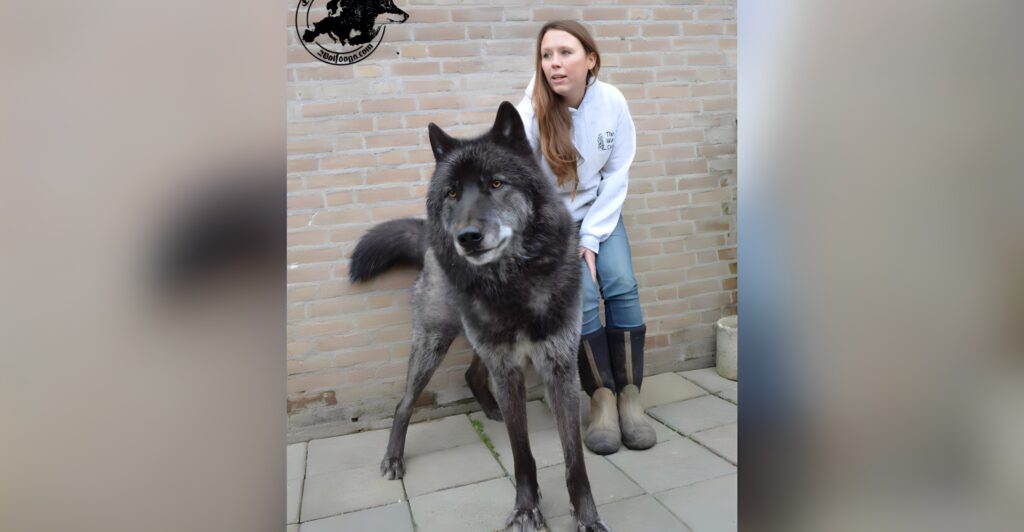
The foundation dedicated to the welfare of animals called Mission: Wolf is located in Colorado. The institution fully embraced the fact that wolf-dog hybrids are often regarded with scorn, and decided to educate the masses about them. The shockingly aggressive demeanor of the animals was thoroughly understood by the founders of the sanctuary, who subsequently won their trust and forged a bond with them. Mission: Wolf took this opportunity to correct public perception about wolf-dog hybrids. This illustrates the capacity of these animals to survive in two different worlds – one which is wild and one which is tame, and how the love of mankind can make this possible. These wonderful stories point out the inconsistencies and at times the fascination between wolves and humans that have been witnessed through the ages. From fables handed down orally through the generations to breakthrough achievements in wildlife conservation, such stories can help us remember our common home and the wise behavior that can exist between different species.
You May Also Like:
Wolves Still Roam In These States in 2024—Is Yours On The List?
Key Differences Between Wolves and Dogs
Stay connected with us for more stories like this! Follow us to get the latest updates or hit the Follow button at the top of this article, and let us know what you think by leaving your feedback below. We’d love to hear from you!







